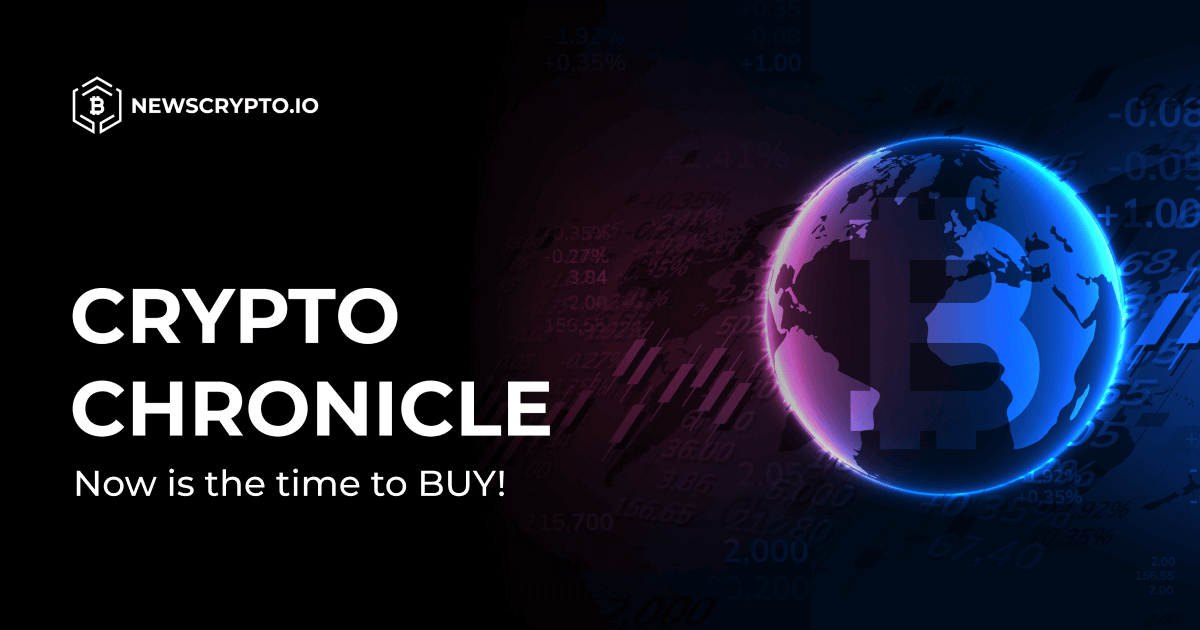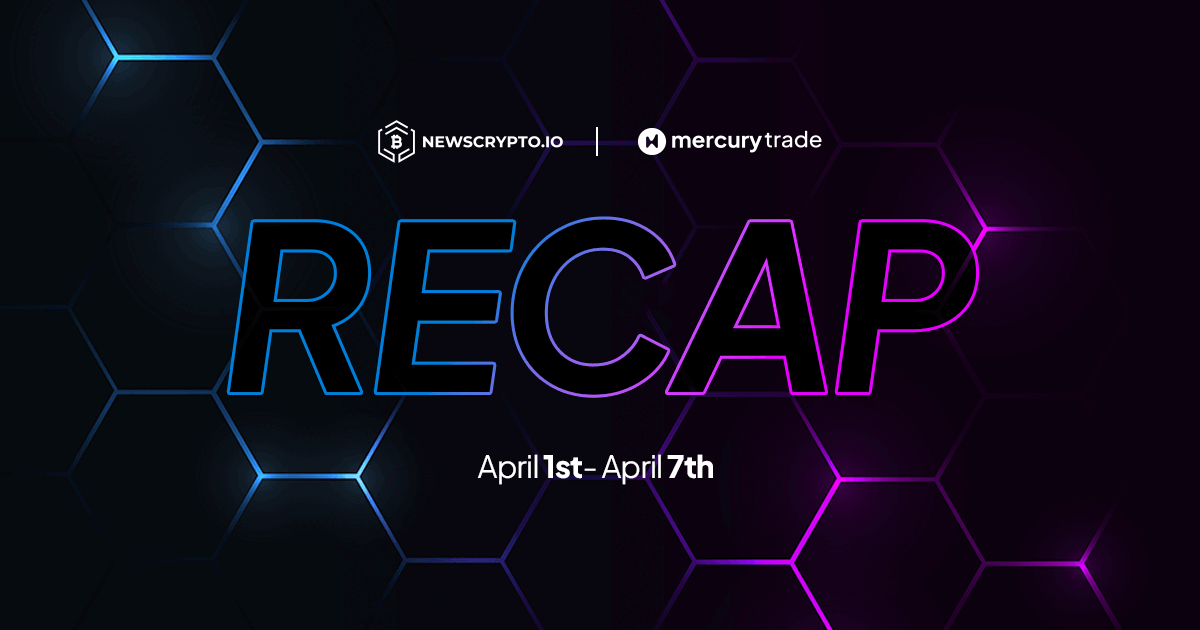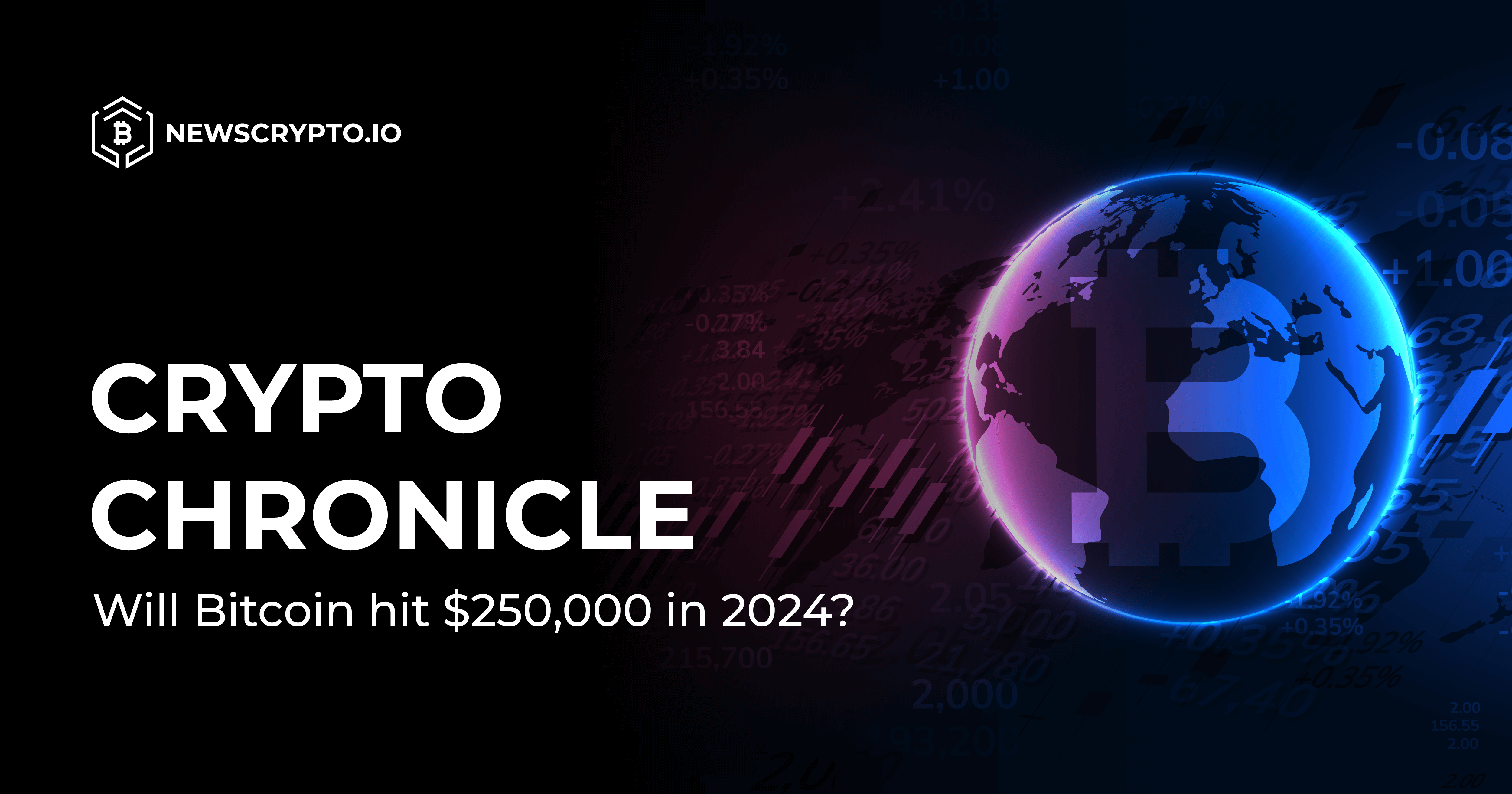Blockchain solutions are primed to disrupt many sectors of the world, with one important example being governance, which is what a DAO can revolutionize. A blockchain can enable the creation of organizations that can run autonomously without a need for any central entity to control it. Now let’s dig deeper into what exactly a DAO is.
A Decentralized Autonomous Organization, or DAO is an open source blockchain protocol that is governed by a set of rules. These rules are created by elected members of the network, and then the rules can execute certain actions automatically without any need for intermediaries. The rules that are in essence baked into the code and executed by itself depending on how the protocol progresses. The elected network representatives are typically chosen by token holders, who also vote on all the key changes to the protocol directly, through governance proposals.
Once a specific decision is made, there is no need for any human interaction to interpret when these rules and ensuing actions should be executed. Both rules and actions are recorded on a blockchain ledger which is open source and able to be viewed by anyone. The immutability of a blockchain allows for the data to be time stamped and secure, and give assurance that the data stored of the rules and actions have not been altered or tampered with.
In essence, this gives a company or organization the ability to fully function without any type of hierarchical management structure (some DAOs have specialist representatives chosen by the token holders, while in others, token holders make all decisions directly). The community is given the power to shape the DAO and how it operates. A DAO is launched using a smart contract or set of smart contracts. The DAO itself is conducted by these smart contracts and governed by the work and voting of the community members. This framework can allow for completely new business models where various activities can be carried out in an automated and decentralized manner. Business models that may have failed historically due to high payroll and other operational costs now have the potential to thrive with a string of automation from the DAO.
Also, the less human behavior is required, the less risk there is from corrupted human interactions. DAOs solve something known as the principal-agent dilemma. When a persona has the power to make decisions and take actions on behalf of a person or entity, the agent can be motivated to act on their own interests which may conflict with what is best for those who it is acting on behalf of. A solid DAO concept has strong incentives built into it to ensure that those in the community act in the best interest of the DAO to allow it to operate in a decentralized manner. This can be accomplished by the revenue model: the profits of the protocol can accrue to token holders (whether directly or indirectly), which means that they will be incentivized to do what’s best for the DAO’s success.
Now, let us look at some use cases that would be beneficial for a DAO to be utilized. The issuance of tokens based on the community needs, and also ability to burn tokens based on those same community actions is one of the first use cases we’ve seen. The supply can increase as the community usage grows to keep up with demand and can contract if usage lessens. DAOs can also be used to create social media platforms, news platforms, decentralized venture funds, and even car rentals and ridesharing systems, which could incorporate the Internet of Things (IoT) that allows devices to communicate and even identify when service is needed, and then be scheduled automatically.
There can also be DAOs in the form of decentralized funds that invest as a group in NFTs to buy and hold rare NFTs with the hopes of the group profiting from the rise in value. The Bitcoin network, itself, can even be considered a DAO in a wider sense in the way it has developed and evolved. Many aspects of insurance companies can be replaced with DAOs to automate the policy issuance and claim payout, with community voting claim payout based on user’s own submissions of video or photo proof of loss. The ability to automate this process can drastically speed up a process that has been plagued over time with bureaucratic and corporate roadblocks.
Use cases are constantly being identified and built so this space will evolve quickly. Doing your own research before investing in a DAO or buying governance tokens is an important step. While decentralization has the potential to revolutionize many aspects of our world and business, there are points of centralization in a DAO, especially in the early launch of a DAO. Smart contracts could have a flaw or exploit in the code that could allow the users’ locked funds to be drained. Early on, most DAOs start off with a very centralized token distribution. This is, of course, to be expected, as it’s not possible for community members and unaffiliated developers to contribute much to the DAO before it demonstrates a successful track record. However, it’s important that there are clearly defined steps for how this will be progressively transformed in order to give as much control as possible to as many people as possible.
The first recognized DAO, known simply as The Dao, experienced an attack where $60 million of the $150 million funds locked was drained (leading eventually to the hard fork between Ethereum and Ethereum Classic). Despite this setback, development of the DAO space has pushed forward as many see the potential of this revolutionary technology. Audits and bug bounties on open sourced smart contracts allow many of these vulnerabilities to be caught before widespread implementation. No doubt you will be hearing more and more about different types of DAOs being rolled out so make sure you stay up to date with all the development in the DAO space.




